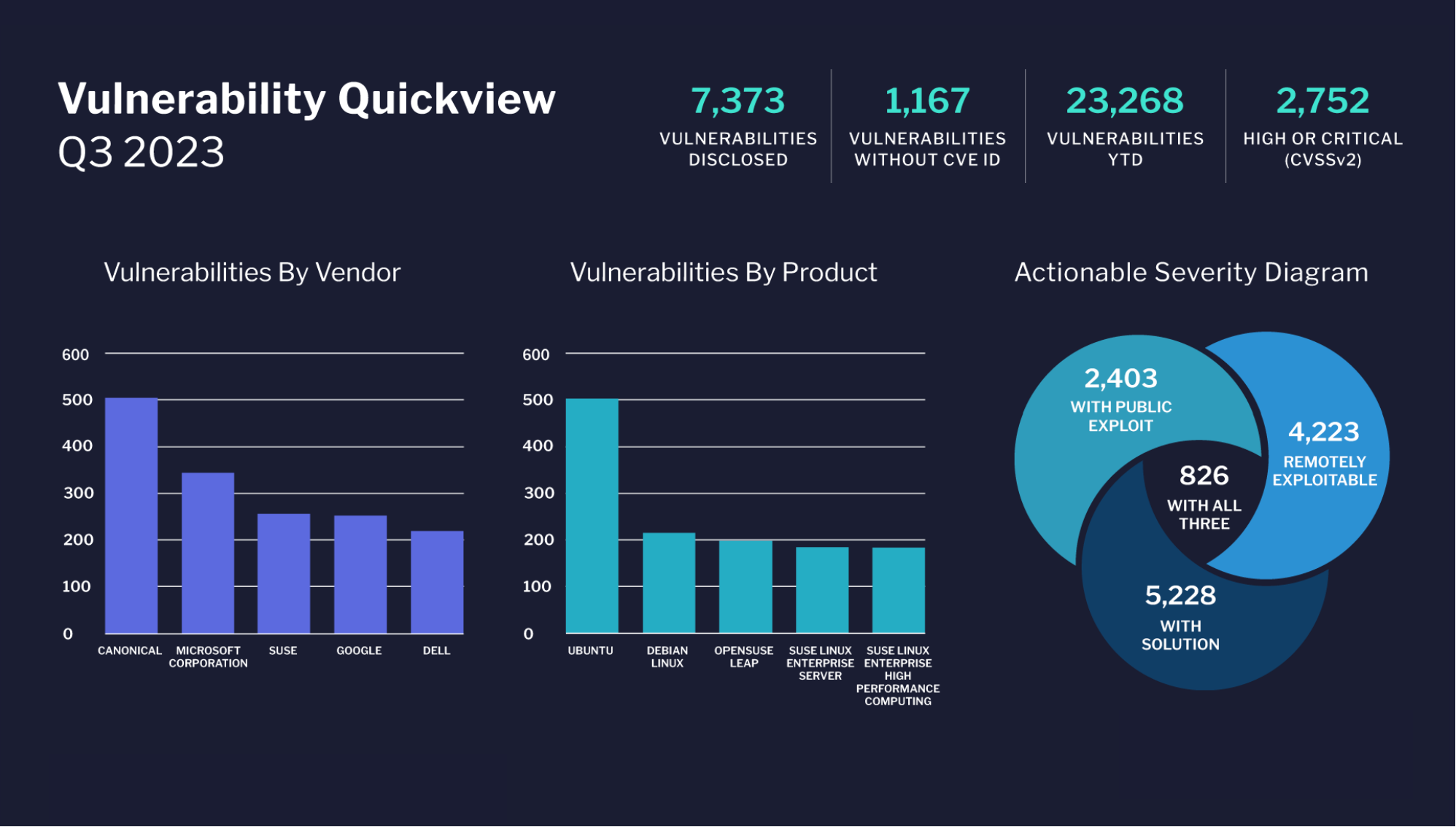Recently we looked at how wearable tech was changing the workplace, focusing on how the growth of the industry could improve productivity but also raised questions about employees’ privacy, rights, and ‘downtime’. Wearable tech isn’t the only area of cloud computing that’s changing the workplace, however, as the internet of things is starting to reshape years of received wisdom on business models themselves.
Traditionally, the heart of any business model for either a start-up or a well-established company is ‘value creation’. The term means that companies attempt to perform activities that increase the value of a company’s offering and thus encourage their customers’ willingness to pay for it. Historically, the process for doing this has been firstly to identify customers’ needs and then to design solutions that fit those needs – with the consequence that competition between businesses was largely done on a ‘feature versus feature’ then a ‘price versus price’ basis.
The connectivity in the internet of things is changing this model. Products are no longer finished at the point of release – rather a stream of over-the-air updates, new features, and added functionality can be pushed to the customer on a regular basis, while the ability to track how and where products are used makes it possible to respond to customer behaviour without the need to conduct typical market research. Naturally, the internet of things also allows various products to be connected with each other, opening up the possibility of new analytics and new services to allow for more effective forecasting, better process optimisation, and improved customer service experiences.
Albert Shum, Partner Director of UX Design at Microsoft, commented on these new models, saying, “Business models are about creating experiences of value. With the internet of things, you can really look at how the customer looks at an experience – from when I’m walking through a store, buying a product, and using it – and ultimately figure out what more can I do with it and what service can renew the experience and give it new life”.
Elsewhere, the cloud and the internet of things is also helping to create new business models around the theory of ‘value capture’ – ie – the monetisation of customer value. Typically, this has meant ensuring the price of a product has been optimised to to maximise both sales and profits – often supplemented by discrete product sales. Today, however, the internet of things allows for recurring revenue rather than immediately looking to sell the next product – it shifts the onus from commodity advantages, intellectual property rights and brand name on to personalisation, context and network effects between products.
By Daniel Price





